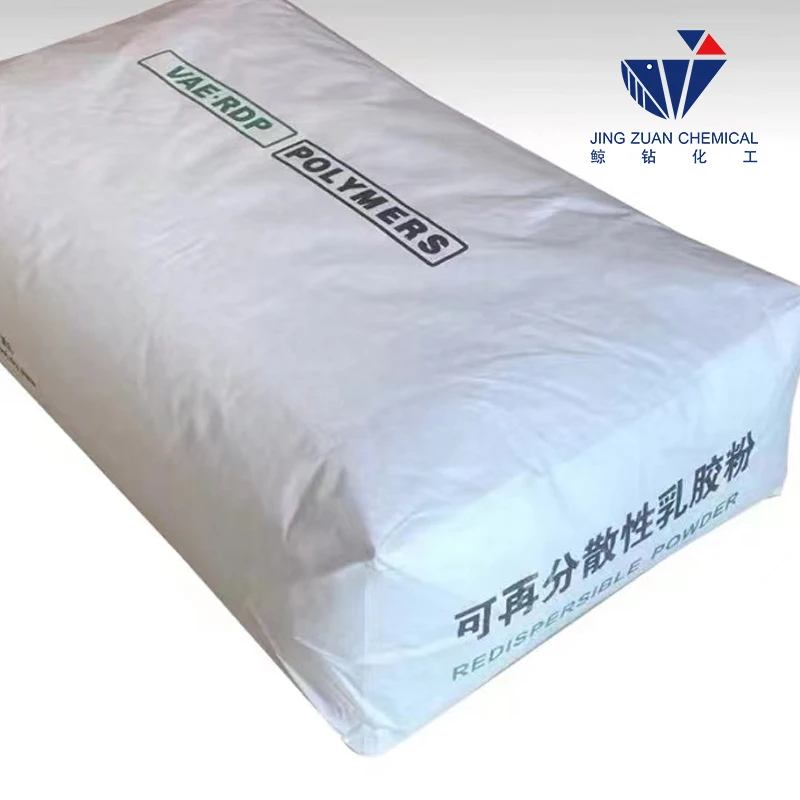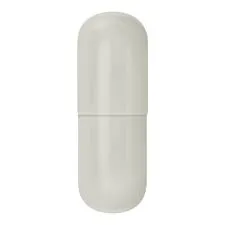
Feb . 10, 2025 11:44 Back to list
hpmc for tile adhesive


In the food industry, HPMC plays a role as an emulsifier and thickener. Its ability to withstand varying pH levels and temperatures makes it suitable for numerous food applications, such as sauces and dressings. Medium-viscosity grades are commonly used here, where their rheological properties contribute to texture improvement without altering taste. Food technologists emphasize the importance of understanding the interaction between HPMC and other ingredients to optimize product quality. Furthermore, the personal care industry benefits from HPMC’s versatile nature, where it acts as a film former in products ranging from shampoos to creams, offering desirable texture and stability. For instance, in cosmetic creams, choosing the right grade of HPMC determines not just the feel on the skin but also the product’s longevity and effectiveness. Experts in cosmetic formulation often collaborate with polymer scientists to tailor the HPMC grade to their product’s unique requirements. Hydroxypropyl Methylcellulose also finds application in the realm of sustainable products. With increasing emphasis on eco-friendly and biodegradable materials, certain grades of HPMC serve as a backbone for developing green solutions. Its biodegradability and non-toxicity are harnessed in packaging materials, where lower viscosity grades offer effective barrier properties. Deciding on the appropriate HPMC grade is not merely about functionality but also involves considering regulatory and environmental factors. Businesses must navigate through technical specifications, safety data sheets, and compliance certifications to ensure that the chosen grade of HPMC meets industry standards and regulatory requirements. In conclusion, the different grades of Hydroxypropyl Methylcellulose provide a spectrum of functionalities that cater to a wide range of industrial applications. Leveraging the expertise in material science, process engineering, and market trends can significantly amplify the value derived from HPMC. As industries continue to innovate, the role of HPMC is expected to grow, with emerging grades catering to novel applications. Reliable suppliers and ongoing research contribute to the trustworthiness of HPMC as a vital industrial polymer, underscoring its integral role in advancement and innovation across sectors.
-
Unlocking the Benefits of HPMC Products: A Gateway to Versatile Applications
NewsAug.07,2025
-
Unleashing the Potential of HPMC Ashland: A Comprehensive Look
NewsAug.07,2025
-
Tile Bonding Cellulose: The Key to Superior Adhesion and Durability
NewsAug.07,2025
-
Hydroxypropyl Methylcellulose Powder: The Versatile Component in Modern Pharmaceuticals
NewsAug.07,2025
-
Hydroxyethyl Cellulose: The Versatile Solution for Various Industries
NewsAug.07,2025
-
Hydroxyethyl Cellulose (HEC): The Versatile Polymer for Various Applications
NewsAug.07,2025







